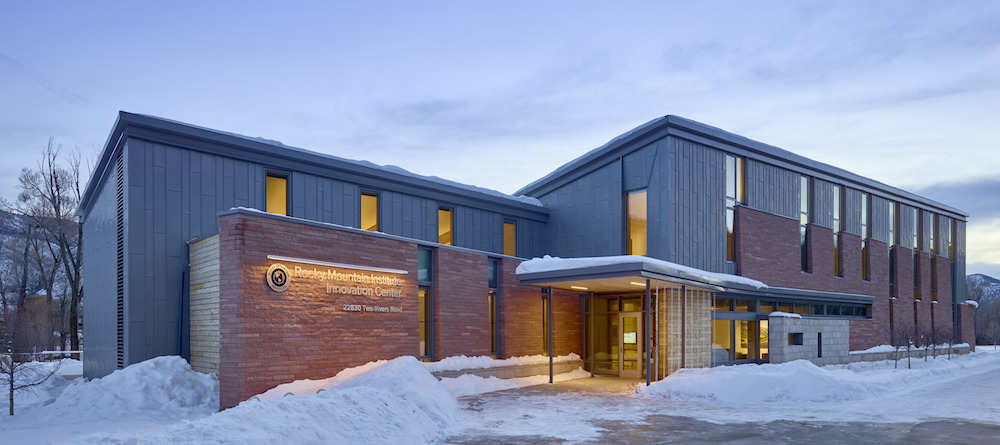Sun vs. Snow
Rocky Mountain Institute
Touted as the one of the nation’s most energy efficient structures, the Rocky Mountain Institute’s new headquarters doesn’t just survive Colorado’s harsh winters – it thrives. With nighttime temperatures hovering around 5 degrees Fahrenheit in the winter, and an average of 90 inches of snow per year, Basalt, Colorado may not seem like the ideal […]
